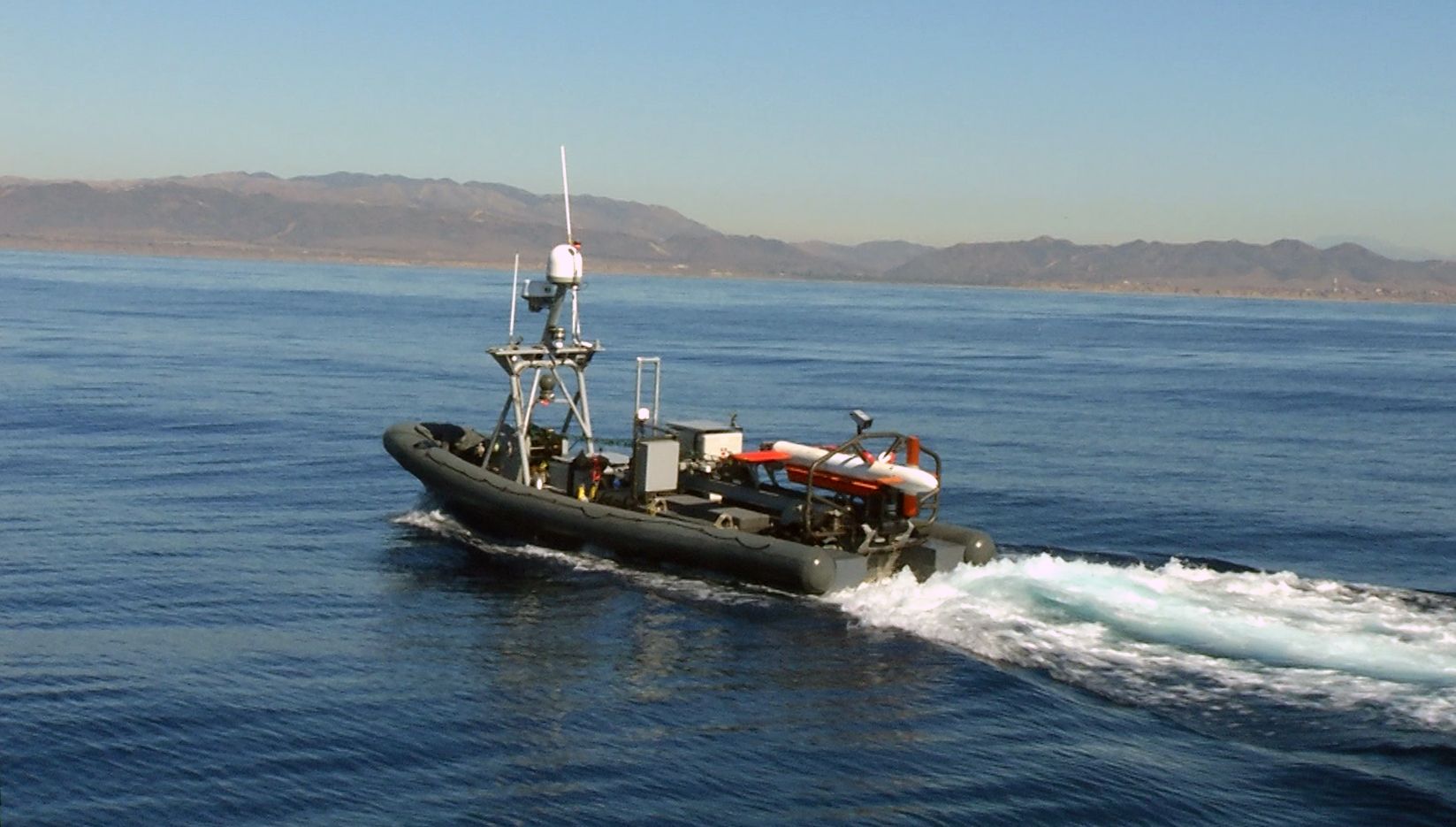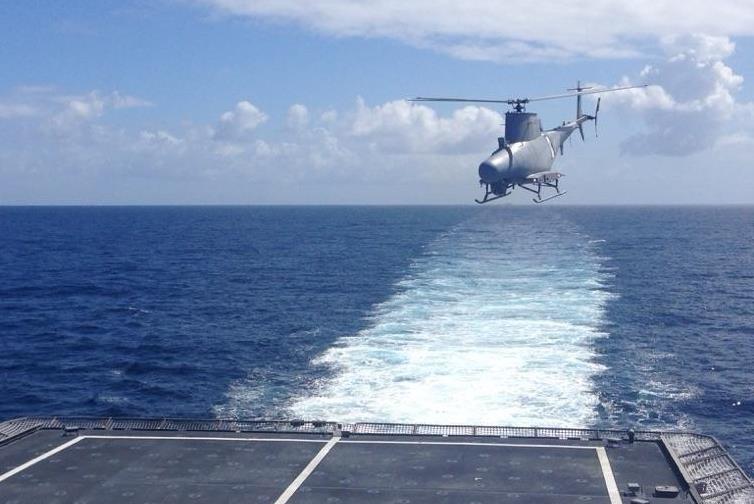Dangerous and indiscriminate, underwater mines pose a serious threat to shipping for decades after deployment. They are everyone’s problem.
During the last ten years alone, international task forces have cleared more than 1,000 Cold War mines from the Baltic sea. And in 1984, it was reported that 19 ships in the Red Sea were damaged by mines presumed to have been laid by Libya.
These are not isolated examples. Mines laid in WWII exacerbate the problem still further. Fortunately, the technology to detect them is well advanced and improving all the time.
“We’ve been working with the world’s navies for decades,” said Jason Dey, Mine Warfare Product Line Manager, Thales UK. “The technology that we’ve supplied to the Royal Navy is already capable of detecting and classifying an object the size of a football, up to 1,000 metres away. But that’s not the only challenge.”
“Yes, we can equip specialist Mine Counter-Measures Vessels (MCMVs) with powerful sensors, but that still means sending people to deal with an unquantified threat.”
“Plus, these ships are relatively slow. If your task force arrives at an area that is believed to be mined it can take a few days or even a week for the MCMVs to catch up. But there is a solution in the pipeline.”
Leading the transition to Unmanned Autonomous MCM Systems
The solution to which Dey refers, soon to be demonstrated at the Royal Navy’s Unmanned Warrior event in October, is Halcyon with a towed sonar. Halcyon is a small Unmanned Surface Vehicle (USV) – just 12 metres long and 3.5 metres wide – and the sonar it tows is Thales’s state-of-the-art Towed Synthetic Aperture Sonar (T-SAS).
The current T-SAS includes sophisticated Synthetic Aperture Sonar technology for very high resolution picture quality, combined with long range and high speed capabilities giving the operator rapid, wide area surveys of the sea bottom.
It’s easily transportable, too. Halcyon can be deployed by the task force – from a Type 26 Frigate, for example – and the control centre can be containerised for rapid deployed for shore-based mission management.
Halcyon in action at Unmanned Warrior
The Royal Navy is actively exploring the potential of maritime autonomous systems. For a few weeks in October 2016, around 40 research and development companies from around the world will gather in Scotland to demonstrate their solutions in a tactically representative, operational environment.
Taking place off the West coast, the event will showcase Unmanned Aerial Vehicles (UAVs), Unmanned Underwater Vehicles (UUVs) and Unmanned Surface Vehicles (USVs), in a number of challenging scenarios.
Halcyon will be allocated an area of sea containing an undisclosed number of dummy mines. Mission planning, execution, monitoring and analysis will take place from a shore-side container. Once the optimal search grid and speed have been calculated Halcyon will be sent off with T-SAS, navigating around pre-set waypoints and sending back data and sonar snapshots as it goes. At the end of the mission it will return to download all of its data with detailed on-site analysis, for immediate mission assessment.
“This is a good test,” said Dey. “It will be easy to compare Halcyon to current techniques for Mine Counter Measures. “Will we be accurate? Are we faster? Are we confident about the data?
A step towards a safer future
Unmanned Warrior is a stepping stone to the future, which Thales is taking alongside the Royal Navy. “Thales is the only company which has been awarded a multi-asset remote autonomous MCM capability contract, and the second phase of development is being discussed right now,” explained Dey.
Initiated in 2012 under a cooperation agreement between France and the United Kingdom, the Maritime Mine Counter Measures (MMCM) programme is a key milestone in the transformation of mine countermeasures capabilities and the future operational use of unmanned naval systems.
“There will be significant developments in the future,” said Dey. “You can expect to see T-SAS combining multi-aspect sonar views for enhanced automatic target recognition with high confidence levels, further increasing the overall speed of advance and reducing time on task.”
Towards autonomy
Unmanned vehicles, including cars, trains, boats, submarines and aircraft, are already proving their worth in the world. The next step is giving them autonomous decision-making capability.
We’re not there yet. But developments in artificial intelligence and a determination to introduce legislation that allows the introduction of proven, failsafe technology means that safe, highly autonomous vehicles will become commonplace within our lifetimes.











